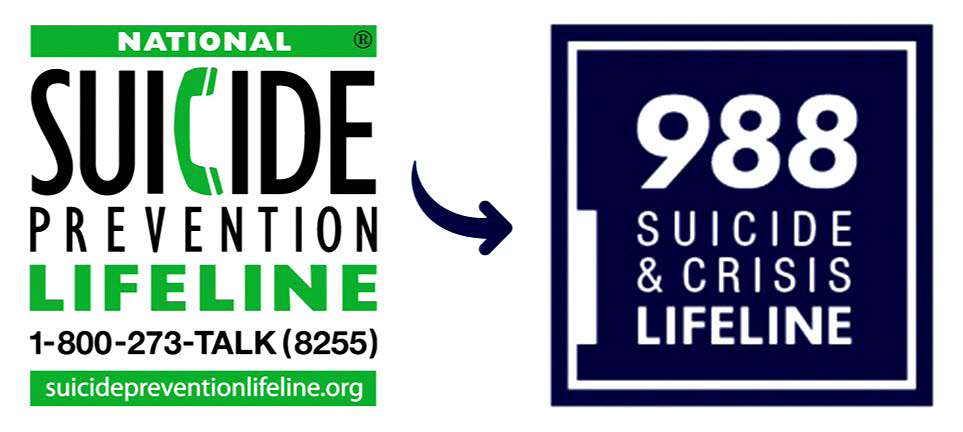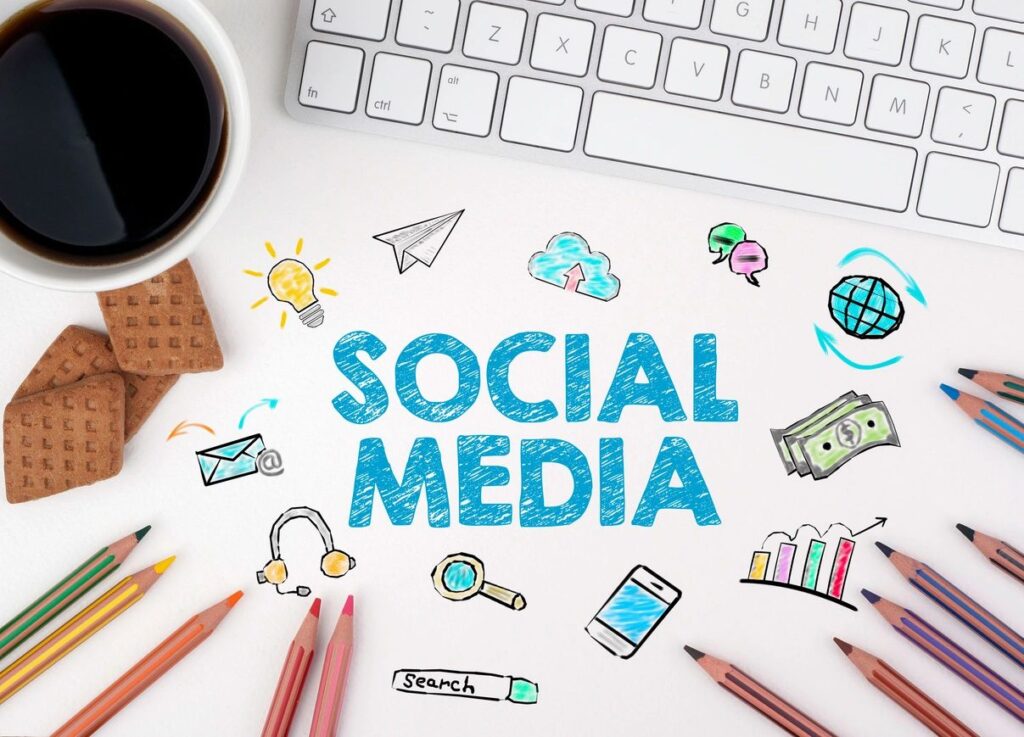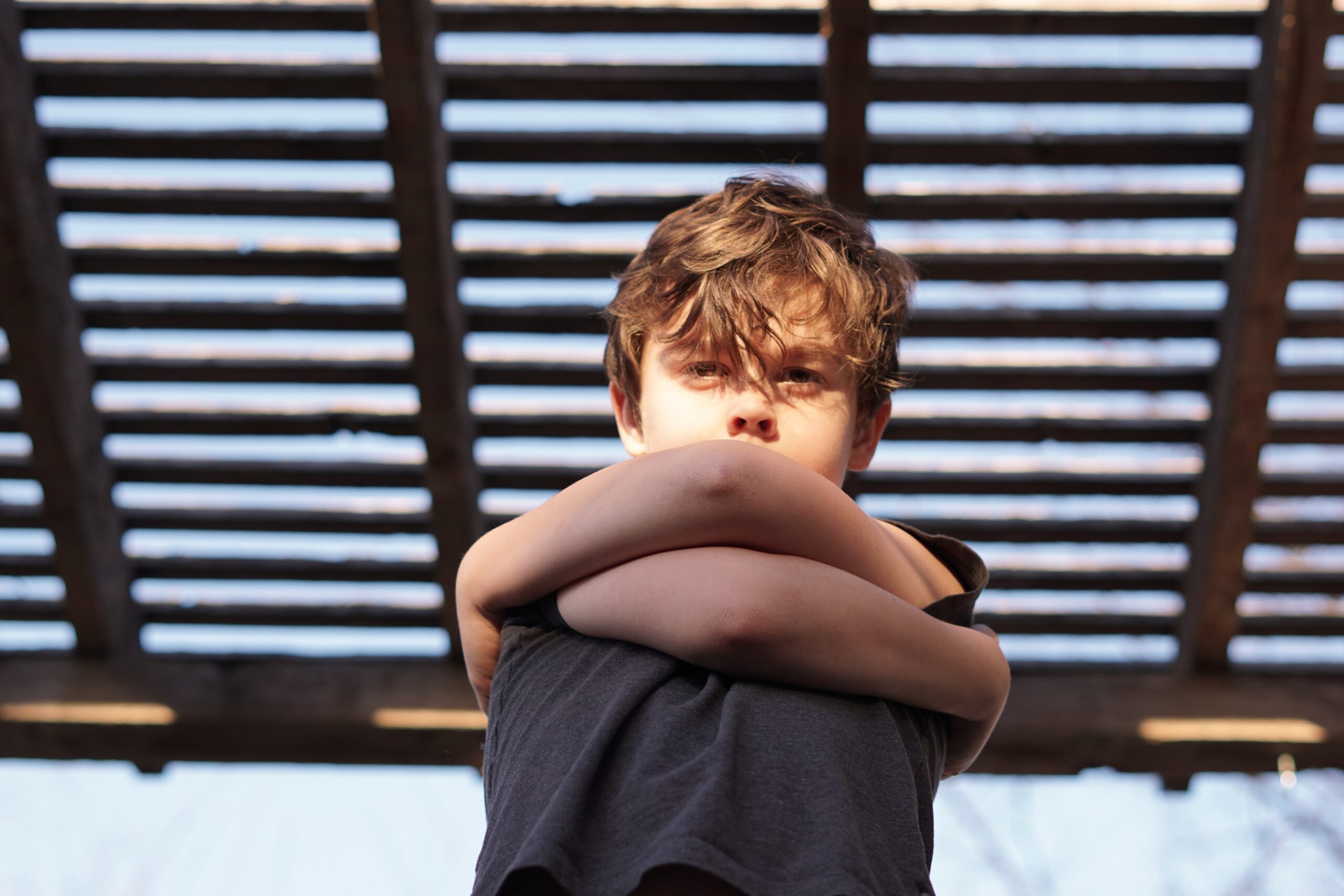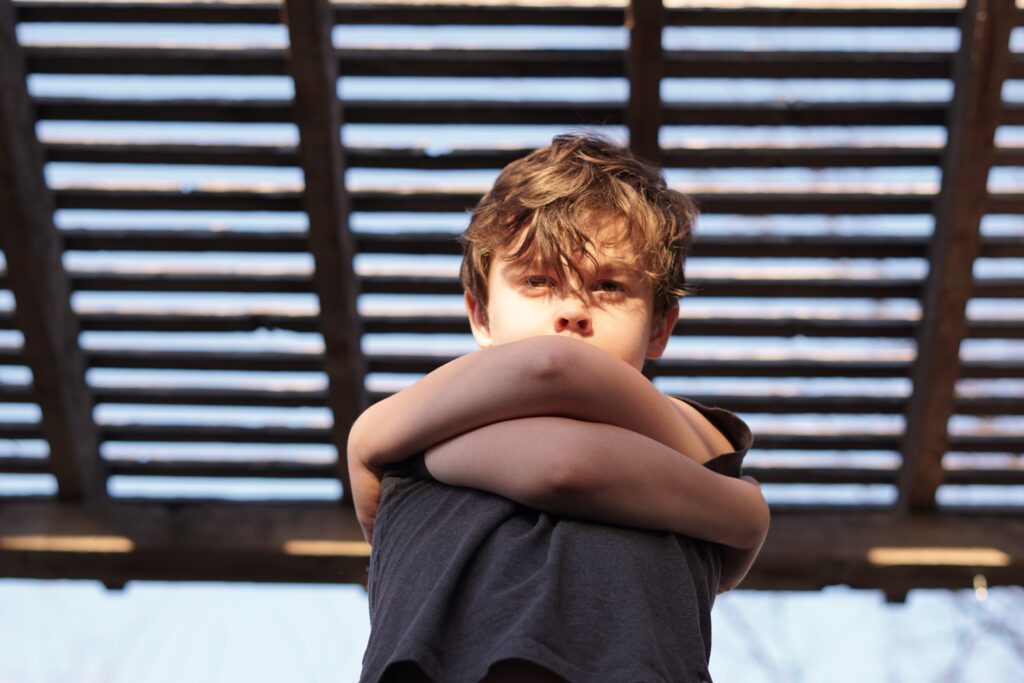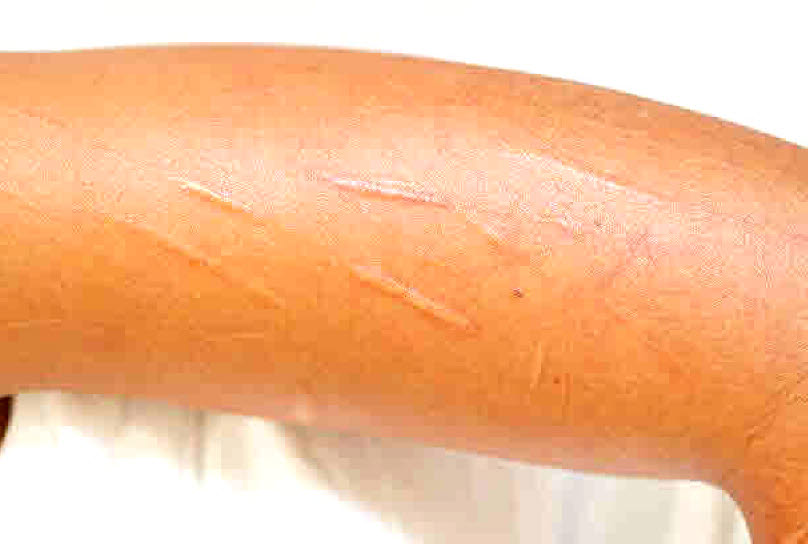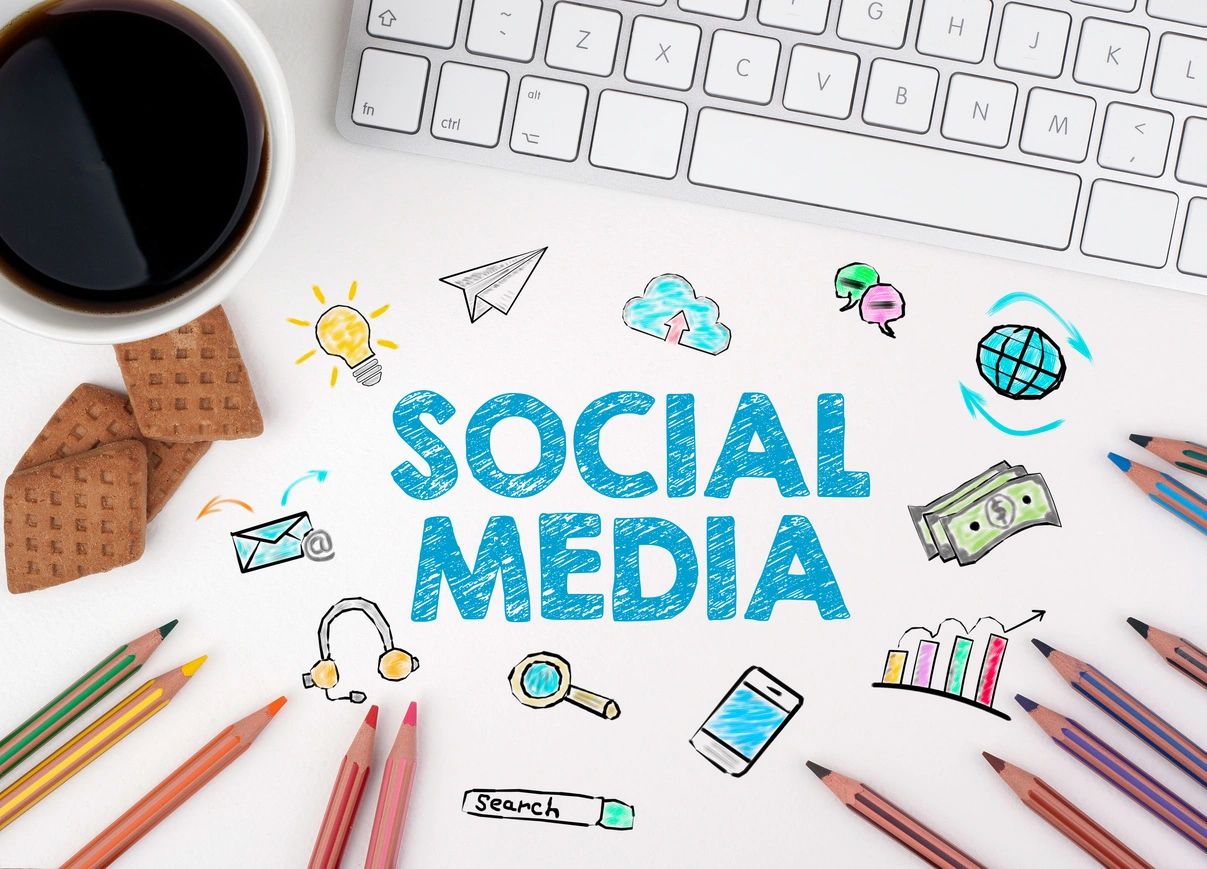
How heavy #Instagram and #Facebook use may be affecting #kids negatively
Writer: Caroline Miller
Clinical Experts: Jerry Bubrick, PhD , Alexandra Hamlet, Psy
What You'll Learn
- What do we know about the connection between #socialmedia use and #depression?
- How can using #socialmedia affect kids negatively?
- How can #parents help #kids build healthy #socialmedia habits?
- Quick Read
- Full Article
- #Socialmedia and #depression
- #Socialmedia and perceived #isolation
- #Socialmedia and #self-esteem
- Less healthy activity
- Disrupted concentration
- Sleep deprivation and #depression
- How to minimize negative effects of #socialmedia use
Studies show that #depression among #teenagers and young #adults has gotten more common over the past decade. #Socialmedia use has also increased during the same time. It’s hard to say for sure that #socialmedia causes #depression. Still, there are several ways that using #socialmedia could harm #kids.
Some experts think that connecting with peers online is less emotionally fulfilling than connecting in person. Research shows that #teenagers who spend more time on #socialmedia also feel more isolated. It could be that #kids who already feel isolated use #socialmedia more. But it could be that using #socialmedia actually makes #kids feel isolated.
Another theory is that #socialmedia is bad for #teenagers’ #self-esteem. Seeing lots of perfect pictures online might make #kids (especially #girls) view themselves negatively. Feeling bad about themselves can lead to #depression.
#Socialmedia can also cut into the time that #kids spend on activities that make them feel good, like exercise and hobbies. Additionally, it can distract from important tasks like homework. Having to juggle those responsibilities can increase kids’ #stress. Studies also suggest that using #socialmedia at night interferes with restful sleep for many #teenagers.
It’s important for #parents to check in with #kids about their #socialmedia use and help them develop healthy habits. You can encourage #kids to turn off notifications, spend plenty of time on offline activities that make them feel good, and put phones away before bedtime. You can also set a good example by modeling balance in your own use of #socialmedia.
Finally, be sure to keep an eye out for signs of #depression and get professional help if you’re worried. It’s especially important to check on #kids who are under a lot of #stress.
Is using #socialmedia making our #kids unhappy? Evidence is mounting that there is a link between #socialmedia and #depression. In several studies, #teenage and young #adult users who spend the most time on #Instagram, #Facebook and other platforms were shown to have a substantially (from 13 to 66 percent) higher rate of reported #depression than those who spent the least time.
Does that mean that #Instagram and #TikTok are actually causing #depression? These studies show a correlation, not causation. But it’s worth a serious look at how #socialmedia could be affecting #teenagers and young #adults negatively.
One reason the correlation seems more than coincidental is that an increase in #depression occurred in tandem with the rise in smartphone use.
A 2017 study of over half a million eighth through 12th graders found that the number exhibiting high levels of depressive symptoms increased by 33 percent between 2010 and 2015. In the same period, the #suiciderate for #girls in that age group increased by 65 percent.
Smartphones were introduced in 2007, and by 2015 fully 92 percent of #teens and young #adults owned a smartphone. The rise in depressive symptoms correlates with smartphone adoption during that period, even when matched year by year, observes the study’s lead author, San Diego State University #psychologist Jean Twenge, PhD.
Over that same time period there was a sharp spike in reports of #students seeking help at college and university counseling centers, principally for #depression and #anxiety. Visits jumped 30 percent between 2010 and 2015, and they’ve continued to rise since the #pandemic.
#James Donaldson notes:Welcome to the “next chapter” of my life… being a voice and an advocate for #mentalhealthawarenessandsuicideprevention, especially pertaining to our younger generation of students and student-athletes.Getting men to speak up and reach out for help and assistance is one of my passions. Us men need to not suffer in silence or drown our sorrows in alcohol, hang out at bars and strip joints, or get involved with drug use.Having gone through a recent bout of #depression and #suicidalthoughts myself, I realize now, that I can make a huge difference in the lives of so many by sharing my story, and by sharing various resources I come across as I work in this space. #http://bit.ly/JamesMentalHealthArticleOrder your copy of James Donaldson's latest book,#CelebratingYourGiftofLife:From The Verge of Suicide to a Life of Purpose and Joy
www.celebratingyourgiftoflife.com
#Socialmedia and #depression
One of the biggest differences in the lives of current #teenagers and young #adults, compared to earlier generations, is that they spend much less time connecting with their peers in person and more time connecting electronically, principally through #socialmedia.
Some experts see the rise in #depression as evidence that the connections #socialmedia users form electronically are less emotionally satisfying, leaving them feeling socially isolated.
“The less you are connected with human beings in a deep, empathic way, the less you’re really getting the benefits of a social interaction,” points out Alexandra Hamlet, PsyD, a clinical #psychologist. “The more superficial it is, the less likely it’s going to cause you to feel connected, which is something we all need.”
Indeed, one exception to the #depression correlation is #girls who are high users of #socialmedia but also keep up a high level of face-to-face social interaction. The Twenge study showed that those #girls who interact intensely offline as well as through #socialmedia don’t show the increase in depressive symptoms that those who interact less in person do.
And there are some #teenagers who aren’t successful in connecting with peers offline, because they are isolated geographically or don’t feel accepted in their #schools and local communities. For those #kids, electronic connection can be lifesaving.
#Socialmedia and perceived #isolation
Another study of a national sample of young #adults (age 19-32) showed correlation between the time spent on #socialmedia and #perceivedsocialisolation (#PSI). The authors noted that directionality can’t be determined. That is, “Do people feeling socially isolated spend more time on #socialmedia, or do more intense users develop PSI?”
If it’s the latter, they noted, “Is it because the individual is spending less time on more authentic social experiences that would decrease PSI? Or is it the nature of observing highly curated social feeds that they make you feel more excluded?”
Which brings us what we now call FOMO, or fear of missing out.
Jerry Bubrick, PhD, a clinical #psychologist at the #ChildMindInstitute, observes that “FOMO is really the fear of not being connected to our social world, and that need to feel connected sometimes trumps whatever’s going on in the actual situation we’re in. The more we use #socialmedia, the less we think about being present in the moment.”
Instead we might be occupied with worrying why we weren’t invited to a party we’re seeing on #Instagram, or making sure we don’t miss a single post from a friend. But if we’re always playing catch-up to endless online updates, we’re prioritizing social interactions that aren’t as emotionally rewarding and can actually make us feel more isolated.
#Socialmedia and #self-esteem
Another theory about the increase in #depression is the loss of #self-esteem, especially in #teenage #girls, when they compare themselves negatively with artfully curated images of those who appear to be prettier, thinner, more popular and richer.
“Many #girls are bombarded with their friends posting the most perfect pictures of themselves, or they’re following celebrities and influencers who do a lot of Photoshopping and have makeup and hair teams,” explains Dr. Hamlet. “If that’s their model for what is normal, it can be very hard on their self-confidence.”
Indeed, image-driven #Instagram shows up in surveys as the platform that most leads young people to report feeling #anxiety, #depression and worries about body image.
Curation of a perfect image may not only make others feel inadequate, it’s unhealthy even for those who appear to be successful at it, notes Dr. Bubrick. “#Kids spend so much time on #socialmedia trying to post what they think the world will think is a perfect life. Look at how happy I am! Look how beautiful I am! Without that they’re worried that their friends won’t accept them. They’re afraid of being rejected.” And if they are getting positive feedback from their #socialmedia accounts, they might worry that what their friends like isn’t the “real” them.
Less healthy activity
Another possible source of #depression may be what #teenagers are not doing during while they’re spending time on #socialmedia, including physical activity and things that generate a sense of accomplishment, like learning new skills and developing talents.
“If you’re spending a lot of time on your phone, you have less time for activities that can build confidence, a sense of achievement and connectedness,” explains Dr. Hamlet.
#Kids who are spending a lot of time on devices are not getting much in return to make them feel good about themselves, she adds. “Yes, you get a little dopamine burst whenever you get a notification, or a like on a picture, or a follow request. But those things are addicting without being satisfying.”
Disrupted concentration
Another thing disrupted by #socialmedia is the process of doing homework and other tasks that require concentration. It’s become common for #teenagers to engage with friends on #socialmedia at the same time they are studying. They take pride in being able to multi-task, but evidence shows that it cuts down on learning and performance.
“Basically, multitasking isn’t possible,” Dr. Hamlet notes. “What you end up doing is really just switching back and forth between two tasks rather quickly. There is a cost to the brain.” And with poorer concentration and constant interruption, homework takes substantially longer than it should, cutting into free time and adding to #stress.
Sleep deprivation and #depression
Some of the ways in which #socialmedia use impacts mood may be indirect. For instance, one of the most common contributors to #depression in #teenagers is sleep deprivation, which can be caused, or exacerbated, by #socialmedia.
Research shows that 60 percent of #adolescents are looking at their phones in the last hour before sleep, and that they get on average an hour less sleep than their peers who don’t use their phones before bed. Blue light from electronic screens interferes with falling asleep; on top of that, checking #socialmedia is not necessarily a relaxing or sleep-inducing activity. Scrolling on #socialmedia, notes Dr. Hamlet, can easily end up causing #stress.
“#Socialmedia can have a profound effect on sleep,” adds Dr. Bubrick. “You have the intention to check #Instagram or watch #TikTok videos for 5 minutes, and the next thing you know 50 minutes are gone. You’re an hour behind in sleep, and more tired the next day. You find it harder to focus. You’re off your game, and it spirals from there.”
How to minimize negative effects of #socialmedia use
While we don’t yet have conclusive evidence that #socialmedia use actually causes #depression, we do have plenty of warning signs that it may be affecting our #kids negatively. So it’s smart for #parents to check in regularly with #kids about their #socialmedia use, to make sure it’s positive and healthy, and guide them towards ways to change it, if you think it’s not.
Also, be alert for symptoms of #depression. If you notice signs that your #child might be depressed, take them seriously. Ask your #child how they are doing, and don’t hesitate to set up an appointment with a #mentalhealthprovider.
Steps you can take to ensure healthy #socialmedia use:
- Focus on balance: Make sure your #kids are also engaging in social interaction offline, and have time for activities that help build identity and self-confidence.
- Turn off notifications: App developers are getting more and more aggressive with notifications to lure users to interrupt whatever they’re doing to engage constantly with their phones. Don’t let them.
- Look out for #girls at higher risk of #depression: Monitor #girls who are going through a particularly tough time or are under unusual #stress. Negative effects of #socialmedia can have more impact when confidence is down.
- Teach mindful use of #socialmedia: Encourage #teenagers to be honest with themselves about how time spent on #socialmedia makes them feel, and disengage from interactions that increase #stress or unhappiness.
- Model restraint and balance in your own media diet: Set an example by disengaging from media to spend quality family time together, including phone-free dinners and other activities. #Kids may resist, but they’ll feel the benefits.
- Phone-free time before sleep: Enforce a policy of no smartphones in the bedroom after a specific time and overnight. Use an old-fashioned alarm clock to wake up.
https://standingabovethecrowd.com/2023/02/jamesdonaldson-on-mentalhealth-does-socialmedia-use-cause-depression-2/
